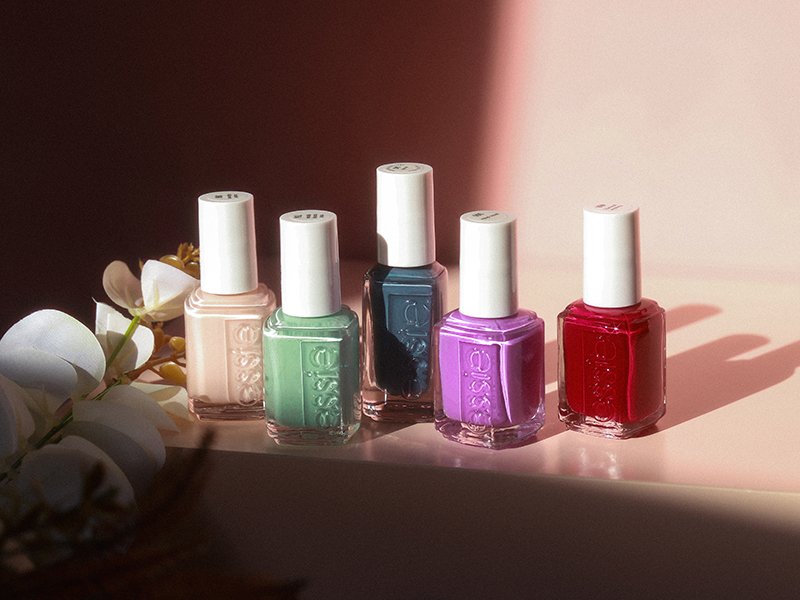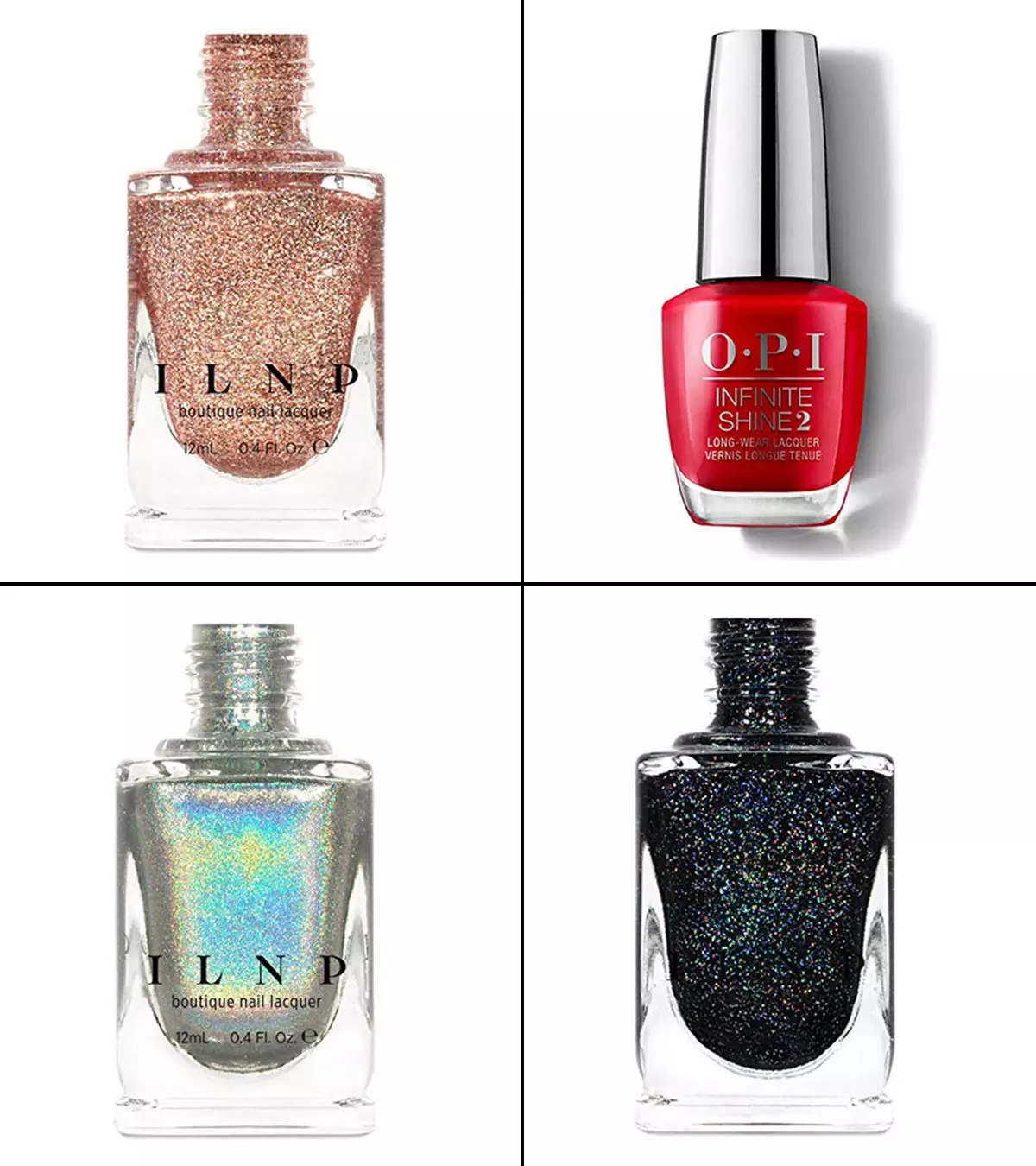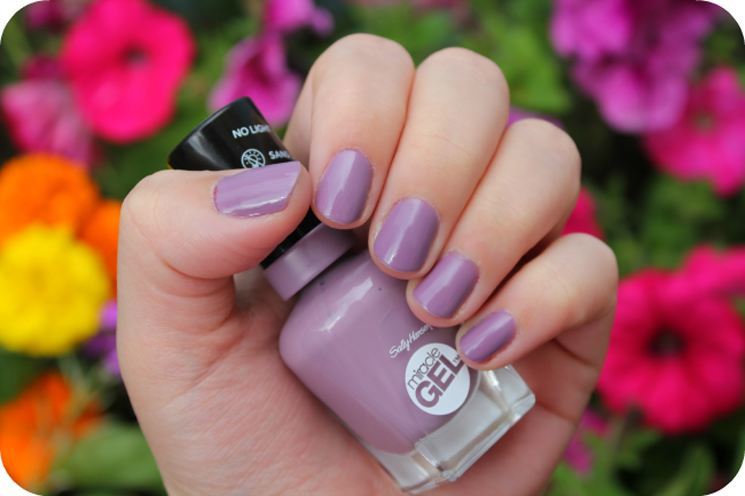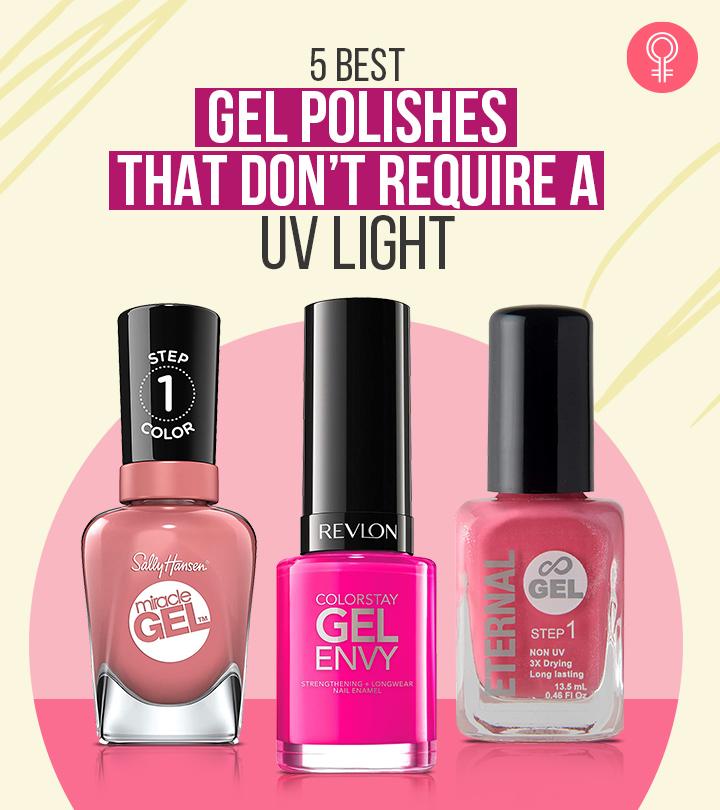How Long Is Nail Polish Good For Once Opened
:max_bytes(150000):strip_icc()/GettyImages-sb10068859a-001-67dae76ebf5b46c38e7d43f42fc9b6cb.jpg)
That vibrant bottle of crimson red, the sophisticated nude, or the shimmering holographic polish – all promise perfectly manicured nails. But lurking within those stylish bottles is a ticking clock. The question is: how long is nail polish good for once opened, and what are the consequences of ignoring the expiration date?
This isn't just about achieving flawless aesthetics. Using expired nail polish can lead to disappointing results, compromised nail health, and potential exposure to harmful bacteria. This article delves into the shelf life of opened nail polish, exploring the factors that influence its longevity, the telltale signs of spoilage, and best practices for storing and maintaining your beloved collection, ensuring your nails remain healthy and beautiful.
The Nut Graf: Nail Polish Lifespan Explained
Opened nail polish typically lasts for 12 to 24 months. However, this is a general guideline. Numerous factors impact the polish's usability, ranging from storage conditions to usage habits.
Ignoring these factors can lead to a subpar manicure and, in some cases, adverse reactions.
Factors Influencing Nail Polish Longevity
Solvent Evaporation and Thickening
The primary culprit behind spoiled nail polish is the evaporation of solvents. These solvents give polish its smooth, liquid consistency. Once opened, the volatile solvents begin to evaporate, causing the polish to thicken and become gloopy.
The result is a streaky, uneven application that's far from the desired professional finish. Repeated exposure to air accelerates this process.
Contamination and Bacterial Growth
While less common, contamination from bacteria and fungi can also shorten the lifespan of nail polish. Introducing foreign substances into the bottle, such as skin cells or dust particles, can create a breeding ground for microorganisms.
Although nail polish isn't the most hospitable environment for bacterial growth due to its chemical composition, contamination can still affect its quality and potentially pose a risk.
Storage Conditions: A Critical Factor
Proper storage significantly extends the life of nail polish. Direct sunlight and heat are detrimental. They accelerate solvent evaporation and can alter the polish's color and consistency.
The ideal storage environment is a cool, dark place, such as a drawer or cabinet away from windows and heat sources. Avoid storing polish in humid environments, like bathrooms, as moisture can also affect its composition.
Recognizing Spoilage: Telltale Signs
Changes in Consistency
The most obvious sign of expired nail polish is a change in its consistency. Thick, gloopy polish that's difficult to apply is a clear indicator that the solvents have evaporated.
The polish may also become stringy or separate into layers. This is a sign the ingredients are no longer properly mixed.
Altered Color or Smell
Expired nail polish can also undergo changes in color. The pigments may separate, leading to an uneven or faded appearance. An unusual or off-putting smell is another warning sign of degradation.
Fresh nail polish typically has a distinct, but not unpleasant, chemical scent.
Difficulty in Application
Even if the polish looks and smells normal, difficulty in application can be a sign it's past its prime. Streaky, uneven coverage or prolonged drying times indicate that the formula has changed.
If you find yourself struggling to achieve a smooth, even manicure, it's time to consider replacing the polish.
The Impact on Nail Health
While expired nail polish is unlikely to cause serious health problems, it can still negatively impact nail health. Repeated use of thick, gloopy polish can lead to brittle, dry nails.
The uneven application can also trap moisture, creating a breeding ground for fungal infections. Moreover, the degraded ingredients in expired polish may cause allergic reactions or skin irritation in sensitive individuals.
Tips for Extending Nail Polish Life
Proper Storage is Key
Store your nail polish bottles upright in a cool, dark place. This prevents the pigments from settling and minimizes exposure to heat and light.
Consider using a dedicated storage container to maintain a consistent temperature and protect the bottles from damage.
Tighten the Cap Securely
Always ensure the cap is tightly closed after each use. This prevents air from entering the bottle and evaporating the solvents. Clean the neck of the bottle with nail polish remover to remove any dried polish that could interfere with a tight seal.
A secure cap is crucial for maintaining the polish's consistency and preventing contamination.
Use Nail Polish Thinner
If your nail polish becomes slightly thick, consider using a few drops of nail polish thinner. This will restore the polish to its original consistency.
Avoid using acetone, as it can damage the polish and alter its color.
Limit Exposure to Air
Minimize the amount of time the bottle is open during application. Work quickly and efficiently to reduce the amount of air that enters the bottle. Avoid shaking the polish vigorously, as this can create air bubbles.
Instead, gently roll the bottle between your hands to mix the ingredients.
Expert Opinions and Industry Standards
According to beauty industry professionals, investing in high-quality nail polish brands can also extend the lifespan of the product. These brands often use better ingredients and formulations that are less prone to degradation.
While there are no official regulatory guidelines on nail polish expiration dates, most manufacturers recommend replacing opened bottles after 12 to 24 months.
Looking Ahead: Sustainable Practices
The disposal of expired nail polish poses an environmental concern. Nail polish contains chemicals that can be harmful to the environment if not disposed of properly.
Many local authorities offer hazardous waste disposal programs for nail polish. Consider participating in these programs to ensure the safe and responsible disposal of your expired polishes.
Conclusion: Balancing Beauty and Responsibility
The lifespan of opened nail polish is a delicate balance between proper storage, usage habits, and the quality of the product. By understanding the factors that contribute to spoilage and implementing preventative measures, you can extend the life of your favorite polishes and maintain healthy nails.
Remember to pay attention to the telltale signs of spoilage and dispose of expired polishes responsibly, contributing to both your personal well-being and environmental sustainability. Prioritize quality over quantity and enjoy the beauty of well-maintained nails with peace of mind.
:max_bytes(150000):strip_icc()/how-long-nail-polish-takes-to-dry-0105-bf0cfb23c5c14b8e80ff835484dc36f9.jpg)







:max_bytes(150000):strip_icc()/GettyImages-1221834017-df47ed9e84d64d2eb644941c7882e3ad.jpg)









